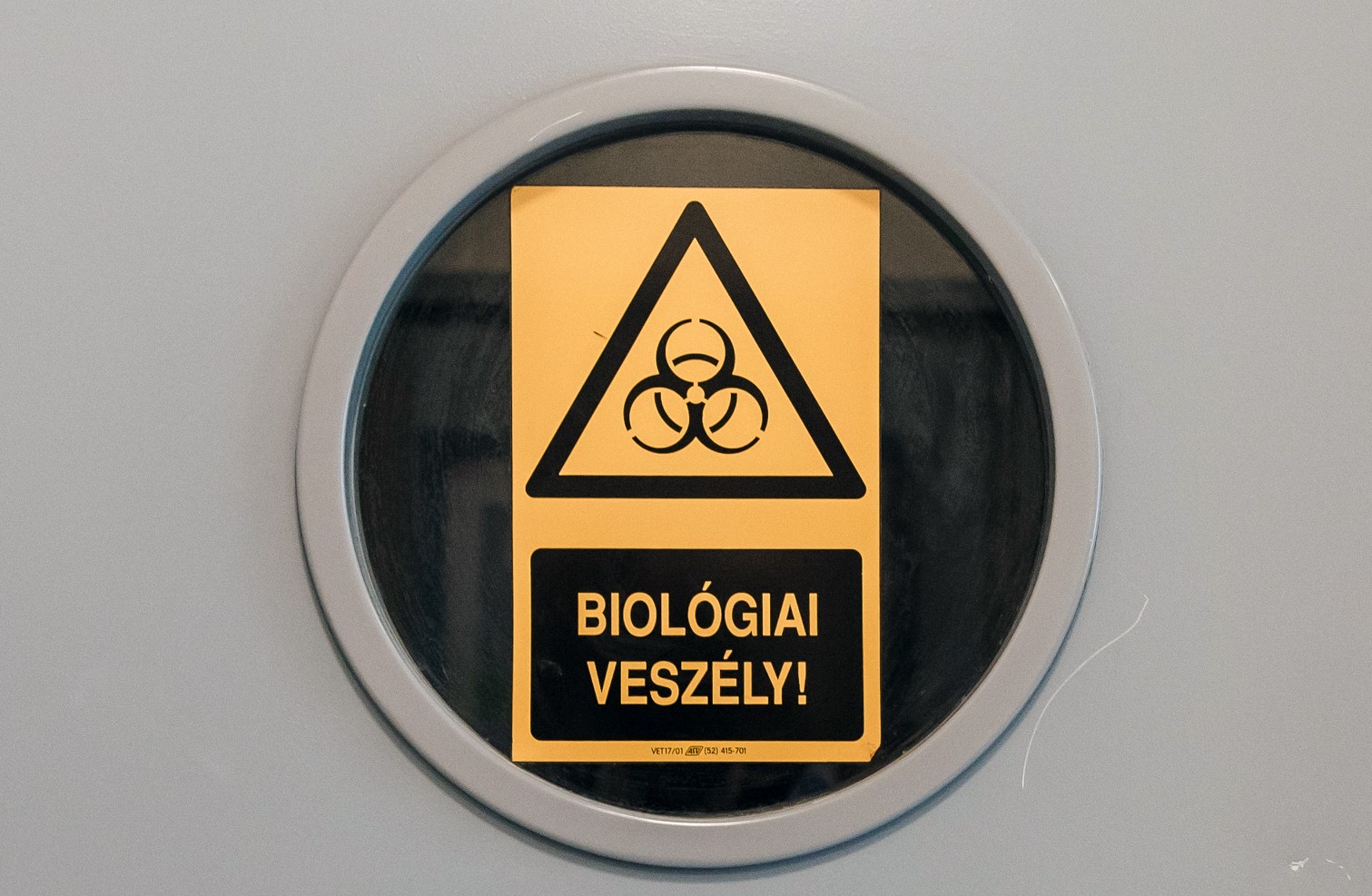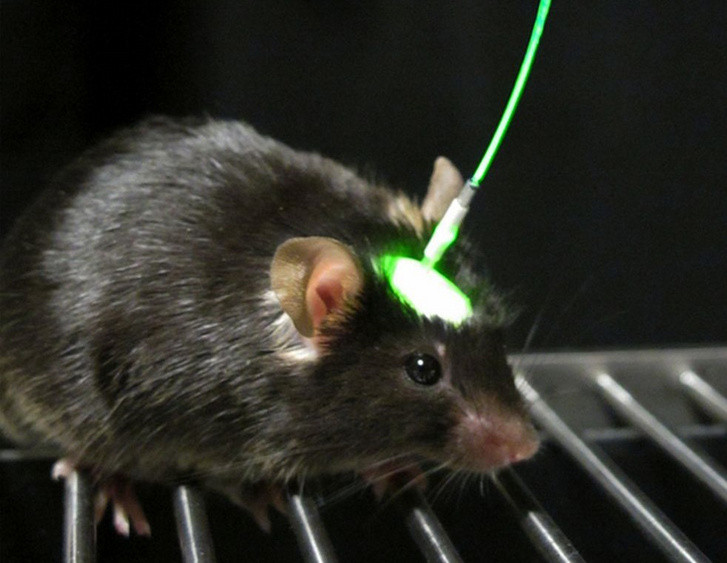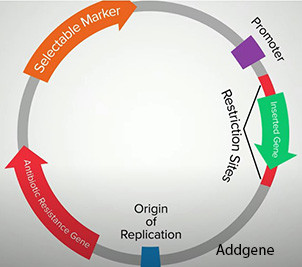viral vectors in KOKI
The tropism of a virus, i.e. its cell-specific infectivity, is determined by the proteins in the envelope that protect the virus or its genetic material. While enveloped viruses (e.g. Rabies) are surrounded by a membrane structure of phospholipids and proteins, viruses without such an outer envelope (e.g. rAAV) has only a protein layer (capsid) around the genetic material.
Vectors pseudotyped during vector production (viral envelopes or capsids combined with different proteins) may have a unique and distinctive tropism and transduction efficiency profile, which should be taken into account in their biosafety risk assessment.
Viral vectors most commonly used in our institute:
Recombinant adeno-associated virus (rAAV): A modified version of the adeno-associated virus (AAV), which uses several plasmid constructs that are unable to replicate. Although many pseudotypes of AAV are used, there is not known any human disease associated with it.
If it is constructed using helper plasmids rather than viruses, they are most commonly classified to BSL-1. Exceptions to this are vectors containing oncogenic, apoptotic, or toxic inserts.
Inactivation with 10% hypochlorite/virucidase solution is possible.
Rabies-△G-EnvA is a modified version of the rabies virus (RABV) that has been engineered to trace neural circuits in the brain . The virus is constructed by binding to the envelope protein EnvA of avian sarcoma and leukemia virus (ASLV) to improve its targeting effect on specific starting cells. The infectivity of these viruses is limited to cells that carry TVA receptors which must be get into mammalian cells artifically.








